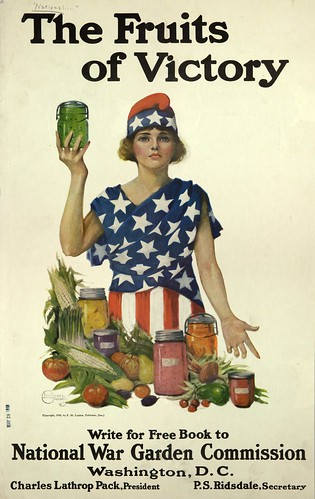We have come across a very neat website that allows you to search for the type of food purchasing you are interested in by your location. You can choose to search for Farms, CSAs, Farmers Markets, and more. This website is: http://www.localharvest.org/
Local Harvest even has a blog that gives gardening tips, food news, and more. And by finding and supporting the local food growers in your area, you will be helping to build your local economy. If you find a place that you love to shop for local food, keep them in mind when you start growing your own food, sometimes you need extra produce to supplement your own stock, especially if you are planning on putting away food by canning, dehydration, freezing, or pickling.
Purchasing local food is important in many ways, beyond just helping to build your local economy.
Local food is:
- fresher than produce that is trucked in from far away
- local food fosters community growth by allowing people of the community ways to interact with one another and with the people who grew their food
- higher in nutrients, in addition to being fresh, fewer nutrients leak out when you receive and eat your produce closer to the time that it was picked from the plant.
- you can talk to the people who actually grew the food, ask about their methods and learn more about the process.
Did you purchase some local food in bulk? Get some canning supplies and preserve it to make it last longer.






